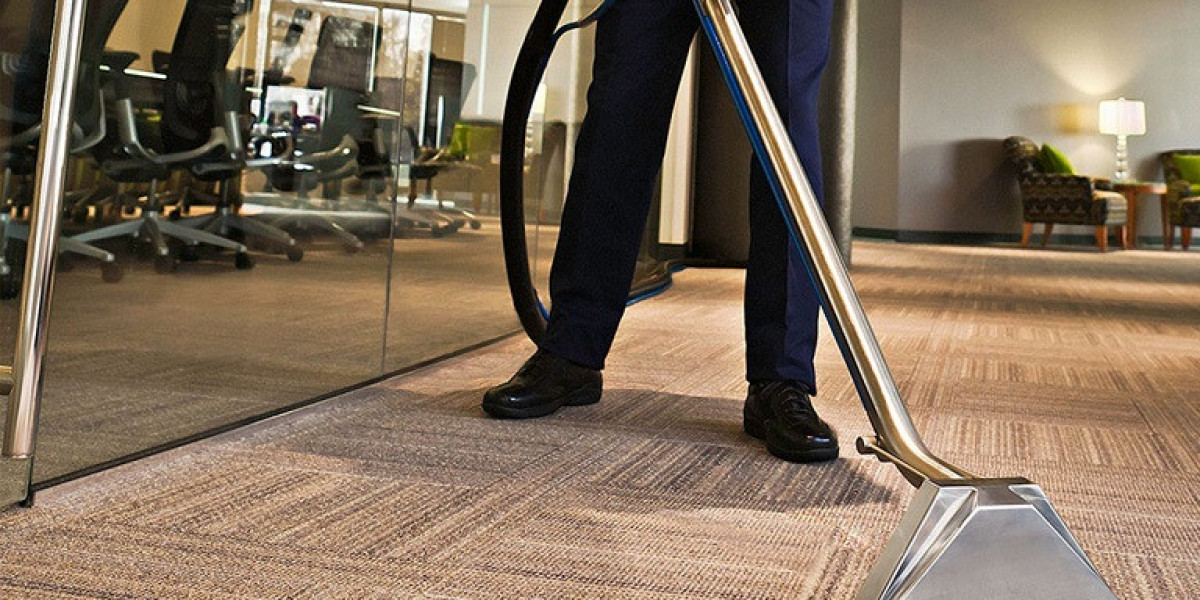Cooking can be a joyful and creative experience, but for individuals living with arthritis, everyday kitchen tasks may become challenging. Simple actions like chopping vegetables, opening jars, or stirring soups can cause pain and discomfort. Fortunately, arthritis-friendly kitchen tools are designed to make cooking safer, easier, and more enjoyable.
Understanding the Need for Arthritis-Friendly Kitchen Tools
Arthritis affects joints, particularly in the hands, wrists, and fingers, making gripping, twisting, and applying force difficult. Traditional kitchen utensils often require excessive pressure or awkward movements, which can worsen pain.
Adaptive kitchen tools are crafted with features that accommodate these limitations. They help reduce strain on joints, improve efficiency, and allow individuals to maintain independence in the kitchen.
Essential Arthritis-Friendly Kitchen Tools
Ergonomic Cutlery and Utensils
Ergonomic utensils have thick, cushioned handles that are easier to hold. They are often non-slip and lightweight, which helps reduce hand fatigue. Specially designed spoons, forks, and knives allow users to eat and prepare food without discomfort.
Jar and Bottle Openers
Opening jars can be particularly difficult for those with arthritis. Adaptive jar and bottle openers use leverage or electric mechanisms to make this task effortless. Some models, like the Easy Jar and Bottle Opener, hold jars securely while minimizing hand strain.
Non-Slip Cutting Boards
A stable surface is critical for safe food preparation. Non-slip cutting boards prevent items from sliding while chopping or slicing, reducing the risk of injury. Some boards even have raised edges or compartments to hold food securely.
Easy-Grip Knives and Peelers
Specially designed knives and peelers feature angled handles or rocker blades to minimize wrist strain. These tools allow for smoother cutting and peeling motions, making food preparation faster and less painful.
Electric and Assisted Kitchen Appliances
Electric can openers, food processors, and hand mixers remove the need for repetitive manual effort. These appliances are ideal for individuals with limited strength or mobility, enabling them to prepare meals with ease.
Tips for Choosing the Right Tools
When selecting arthritis-friendly kitchen tools, consider the following:
Cushioned and thick handles to reduce joint strain
Lightweight materials such as silicone or plastic instead of heavy metal
Non-slip grips for better control
Dishwasher-safe designs for easy cleaning
Durable construction to ensure long-lasting use
Investing in high-quality adaptive tools can significantly improve daily cooking experiences and overall independence.
Benefits of Using Arthritis-Friendly Kitchen Tools
Using these adaptive tools provides multiple advantages:
Reduced pain and fatigue during meal preparation
Increased safety by minimizing the risk of slips or cuts
Enhanced independence for individuals living alone
Improved confidence and enjoyment in the kitchen
By making small adjustments with the right tools, cooking can remain an accessible and satisfying activity.
Conclusion
Arthritis doesn’t have to mean giving up the joy of cooking. With arthritis-friendly kitchen tools, tasks that once caused pain and frustration become manageable and even enjoyable. From ergonomic utensils and non-slip cutting boards to electric can openers and adaptive peelers, the right tools empower individuals to maintain independence and safety in the kitchen. Investing in these products ensures that cooking remains a comfortable, stress-free, and rewarding part of daily life.













